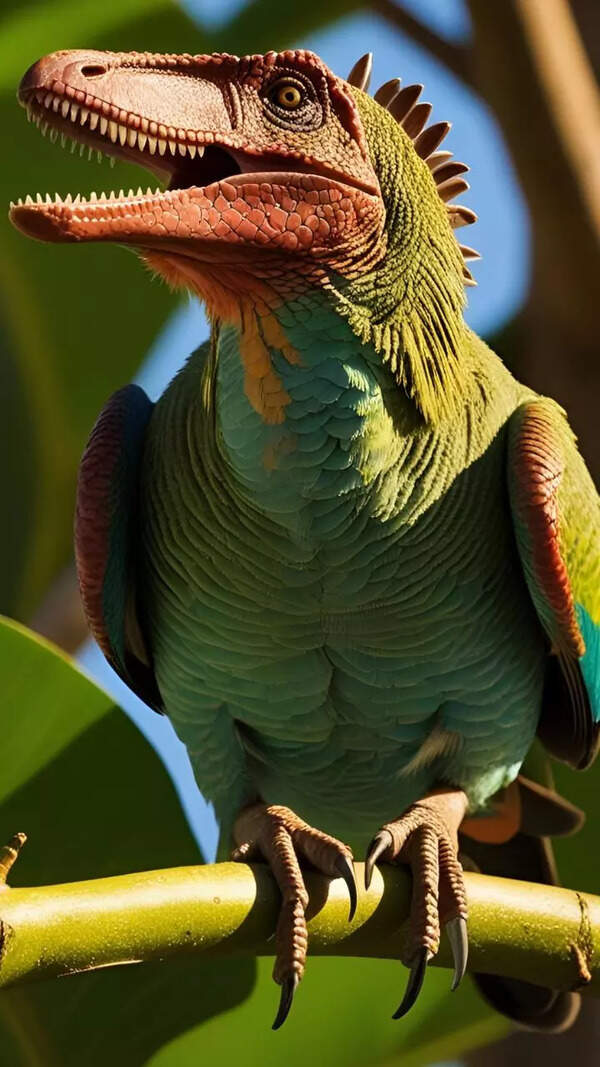- News
- Business News
- International Business News
- World Bank approves $1 billion loan to Sri Lanka for economic recovery
Trending
World Bank approves $1 billion loan to Sri Lanka for economic recovery
The World Bank has approved a $1 billion loan to Sri Lanka to revitalize its agriculture, tourism, and energy sectors following the 2022 economic crisis. This loan aims to boost local industries and attract private investment over three years. While Sri Lanka's economy shows signs of recovery, poverty remains a concern, and potential US tariffs could jeopardize progress.
The World Bank has approved a $1 billion loan to Sri Lanka on Wednesday in order to revive the country's agriculture, tourism, and energy sectors after 2022 economic crisis, news agency AFP reported.Sri Lanka's economy collapsed in 2022 after it exhausted its foreign reserves, leaving it unable to import essential goods like food, fuel, and medicine. The financial meltdown triggered widespread protests, eventually leading to the resignation of then-President Gotabaya Rajapaksa. His successor, Ranil Wickremesinghe, secured a $2.9 billion bailout from the International Monetary Fund (IMF), helping stabilize revenues and allowing for a restructuring of the country’s $46 billion in foreign debt following its default in April 2022.The World Bank’s new loan, to be disbursed over three years, is designed to boost local industries and attract private investment, the Bank said in a statement following a meeting between World Bank President Ajay Banga and Sri Lankan President Anura Kumara Dissanayake in Colombo.“With progress underway to stabilize the economy and restart growth, core elements for job creation are in place,” Banga stated. He emphasized that now is the time to push ahead with reforms and create conditions that support private enterprise, especially in sectors with high employment potential.

About the Author
TOI Business DeskEnd of Article
Follow Us On Social Media
















